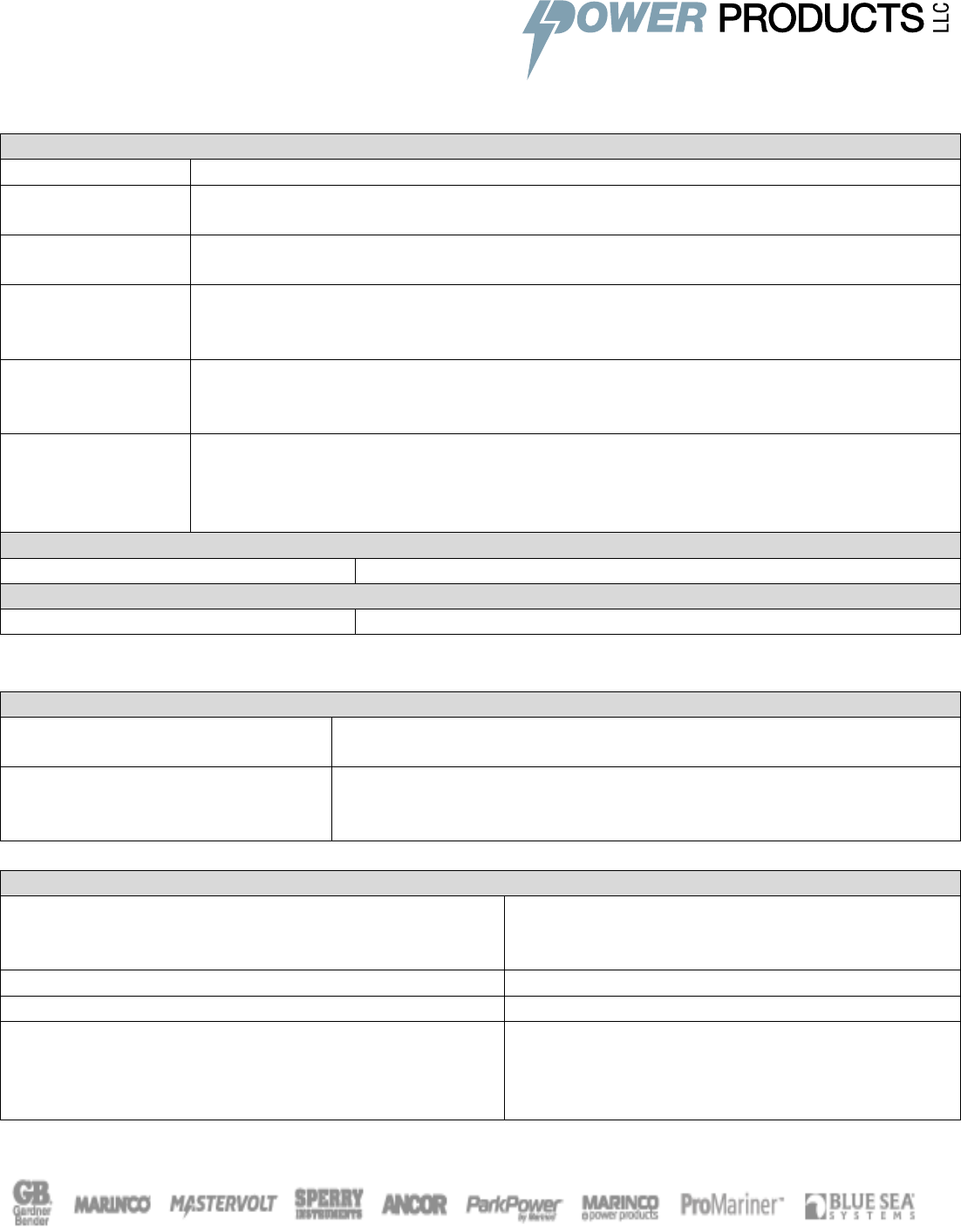SDS
Table Of Contents

Section 4: First-Aid Measures
Descriptions of First Aid Measures
General Advice
Show this safety data sheet to the doctor in attendance.
Inhalation
Move to fresh air. If not breathing, give artificial respiration. Avoid direct contact
with skin. Use barrier to give mouth-to-mouth resuscitation. Consult a physician.
Skin
Wash off immediately with soap and plenty of water. Remove and wash
contaminated clothing before re-use.
Eye
Immediately flush with plenty of water. After initial flushing, remove any contact
lenses and continue flushing for at least 15 minutes. If symptoms persist, call a
physician.
Ingestion
Clean mouth with water and afterwards drink plenty of water. Do NOT induce
vomiting. Never give anything by mouth to an unconscious person. Consult a
physician if necessary
Protection of
First-aiders
Use personal protective equipment. Avoid contact with skin, eyes and clothing.
Avoid direct contact with skin. Use barrier to give mouth-to-mouth resuscitation.
Ensure that medical personnel are aware of the material(s) involved, and take
precautions to protect themselves.
Most Important Symptoms/Effects (Acute & Delayed) Potential Health Effects
Most Important Symptoms/Effects
No information available.
Indication of Immediate Medical Attention & Special Treatment Needed, If Necessary
Note To Physician
Treat symptomatically.
Section 5: Fire-Fighting Measures
Extinguishing Media
Suitable Extinguishing Media
Use extinguishing measures that are appropriate to local
circumstances and the surrounding environment.
Unsuitable Extinguishing Media
Dousing metallic fires with water may generate hydrogen gas, an
extremely dangerous explosion hazard, particularly if fire is in a
confined environment (i.e., building, cargo hold, etc.)
Special hazards arising from the substance or mixture
Specific Hazards Arising from the Chemical
Fire residues and contaminated fire
extinguishing water must be disposed of in
accordance with local regulations.
Explosion Data: Sensitivity to Mechanical Impact
None
Explosion Data: Sensitivity to Static Discharge
None
Protective Equipment and Precautions for
Firefighters
As in any fire, wear self-contained breathing
apparatus pressure-demand, MSHA/NIOSH
(approved or equivalent) and full protective
gear.









